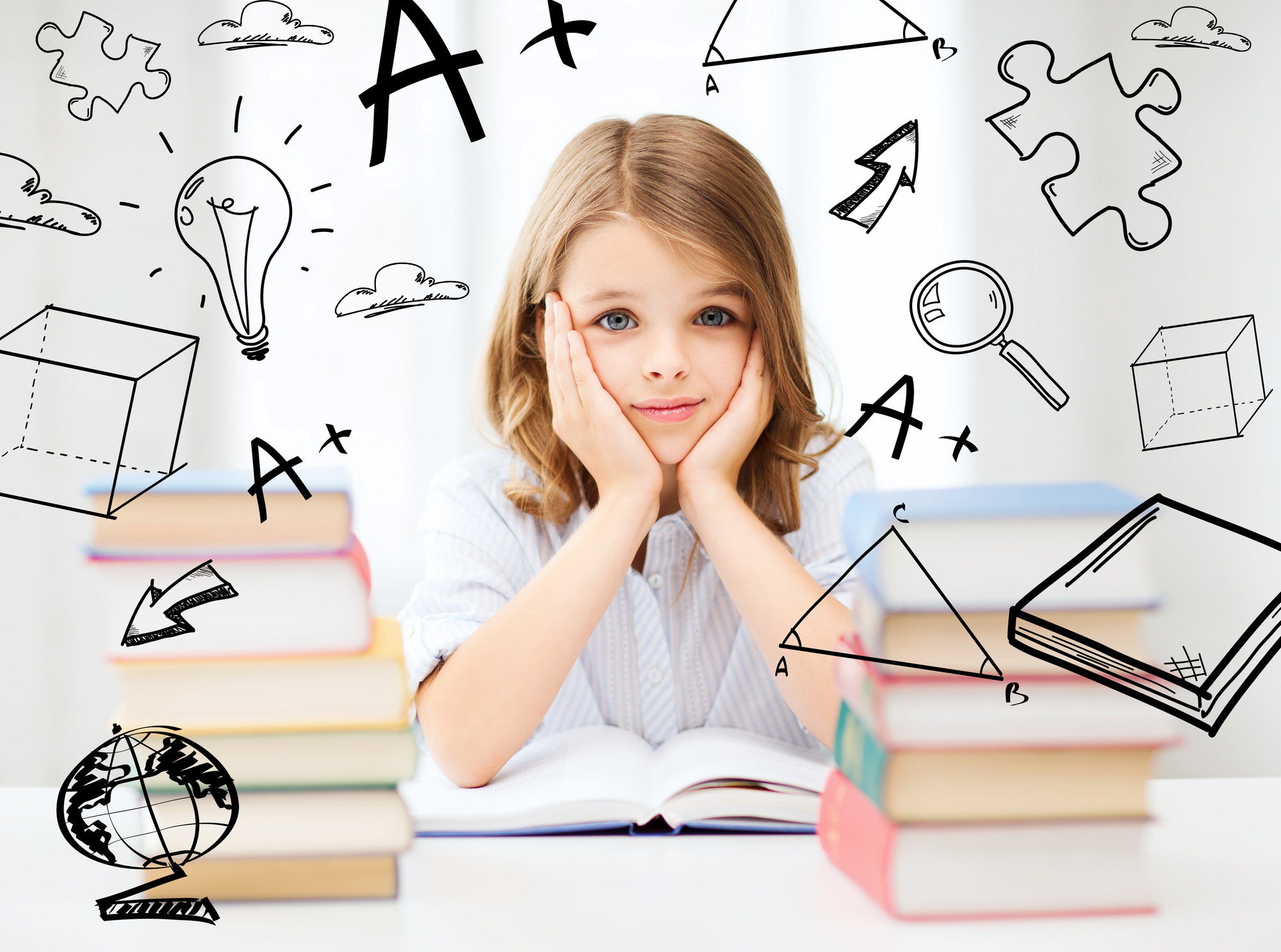As a parent or early childhood educator, I’m sure you’re interested in strategies to help children process information efficiently. This is called executive function and it supports learning. There are three key elements:
- Focus and self-regulation: can children behave in a way that enables them to focus?
- Working memory: are they using their short-term memory to their advantage?
- Cognitive flexibility: can they adjust their behaviour according to contextual cues?
Children build their capacity in these areas over time. When they’re born, they have no filter to manage the bombardment of incoming sensations. Willam James, often called the father of psychology, says babies are born in a ‘blooming, buzzing confusion’! But their miraculous human brains immediately process these sensations to identify patterns and allocate meaning to what is being experienced.
The human brain is amazing. It’s the only organ built from both inside and outside the body. It sorts random experiences and into patterns of meaning and moves them into long-term memory. Over time it becomes so efficient that it seamlessly
- accesses past memories to inform a current task
- filters out what is non-essential
- predicts what might occur next
- gathers new information in the present and
- plans for the future
And you can help children enhance these processes.
Focus and Self-regulation
Nothing can be achieved without attention. Focusing on something without distractions is a learned skill. I tutored a student who struggled to regulate her behaviour enough to focus. During our lessons, she was acutely aware of my mischievous Tonkinese cats. I purposely chose not to lock them out and in one session she demonstrated her increased ability to manage her distractibility when she grabbed the back of her head and said, ‘no turning to look at the cats’.
We aren’t born with strong executive functioning, but we have the inbuilt potential to become conscious of, develop and master it.
As parents or educators, we need to adjust our expectations to the age of the child. Very young children are less able to divert their attention to something we would like them to. All is not lost, however. The trick is to enter their world, notice what has captured their attention and share their gaze. Tuning in between eighteen months and three years means regularly observing what is interesting to the child and expanding their understanding through your commentary. If they are playing with a truck, talk about the colour, number of wheels, the mechanism of the tray going up and down. If you follow what children are engaged with, you can support them to interpret and even broaden their gaze. You can build their language and concepts in that space. There is evidence that if you focus where they focus the cognitive complexity and motivation accompanying the learning you provide is greatly enhanced. Children generally invest more in their own ideas (Stipek & Seal, 2001). Of course you can’t do this all the time, but when you do it pays dividends.
From three to five years of age, children begin to control their attention. However, they won’t do it unless there is an expectation that they need to and they practice it. Here the skill is to alert the child to focus on and make it as inviting and interesting as you can. But life isn’t always that obliging. Sometimes they just must do stuff that isn’t fun!
To help them get through negativity and delay their gratification, give them a reason or purpose for what you’d like them to do. The late Nobel nominee and renowned cognitive psychologist, Professor Reuven Feuerstein, emphasised giving any task meaning. Not content meaning, but meaningful purpose. Give children the ‘why’, not the ‘what’ of a task. Sometimes the ‘why’ is further along the path and the ‘what’ is just a steppingstone. They may not like doing a maths problem, but if they know they are building the skills to manage their pocket money, they might increase their effort. Giving the child a reason or purpose to complete a task they may not be very fond of or interested in, is the beginning of a lifelong habit that will greatly pay off in the future.
Working memory
Working memory is the ability to hold in mind all the elements needed to achieve a task. For example, we might say to a child, ‘Get me a hammer’. But you are assuming they know enough to do it. If you say, ‘Go downstairs to the garage and get me the hammer on the middle shelf of the tool cupboard’, you have tuned them into the context. They can hold more information in their minds. Research indicates that adults usually hold five to seven pieces of information in their short-term memory. Children even fewer. But the number of pieces is not the whole story.
Working memory has two important components auditory and visuospatial. The auditory part is both what we hear and how we rehearse or repeat it to ourselves mentally to keep the task on track. The visuospatial part is what we visualise and map to know where we are in space. This might be in the real world, or by accessing images in long-term memory. Spatial awareness is more than simply visualising something, it is understanding how things are connected and related to one another. In the longer instruction about getting the hammer, you have used the auditory and visuospatial cues.
We can help children to develop and use their working memory in several ways:
- Don’t overload the task in the first place.
- Make it clear and manageable
- Start the instruction with ‘big picture’ information first and then give the detail
- Draw attention to both verbal and spatial elements. Ask children to repeat the task verbally and to describe in detail the visual and spatial aspects of it
- If children are old enough, they might record information in lists, drawings or diagrams until they are able to visualise and process the information in their minds.
An underemphasised and less understood aspect of working memory is that it has its own central executive. When we complete a task, we automatically prioritise and order our mental and physical actions. Children might not do this automatically, so spending time unpacking and explaining priority and sequencing will be time well spent (McLeod, 2012). You can work on different parts of a model aeroplane as you build it to completion. There is no hard and fast sequence. But when you bake a cake, the order is very important. You can’t add the eggs until they’re out of the shell. Children benefit from knowing how to order and prioritise steps in a process.
Cognitive flexibility
As children mature, they develop a skill called theory of mind. They understand others have thoughts and ideas which may be the same or different from theirs. They become less egocentric. Perspectives change depending on contexts. Children learn to behave differently or think differently depending on the context. Children in the four to five age range begin to develop empathy and understand different points of view. This adds flexibility and perspective to their thinking and we can encourage this ability by talking with them about how others might think and feel.
We might alert children to several ideas to enhance their information processing and flexibility.
- Where are they situated in space and time?
- What role are they enacting?
- What is their goal?
- Who are they with?
- What do they need to consider in relation to all the above?
When children become aware that their behaviour and problem-solving are adapted in relation to the questions above, they become more successful navigators of the world.
I wish you luck as you work with students to enhance self-regulation, working memory and cognitive flexibility to make them high-functioning and adaptive thinkers and problem solvers.
References
James, W. (1890) The Principles of Psychology
McLeod, S. (2012). Working memory.
Stipek, D., & Seal, K. (2001). Motivated Minds: Raising Children to Love Learning.
Lili-Ann Kriegler (B. A Hons, H. Dip. Ed, M.Ed.) is an education consultant and author of Edu-Chameleon. Lili-Ann’s primary specialisations are in early childhood education (birth-9 years), leadership and optimising human thinking and cognition. Her current part-time role is as an education consultant at Independent Schools Victoria, Australia and she runs her own consultancy, Kriegler-Education. Find out more at https://kriegler-education.com








